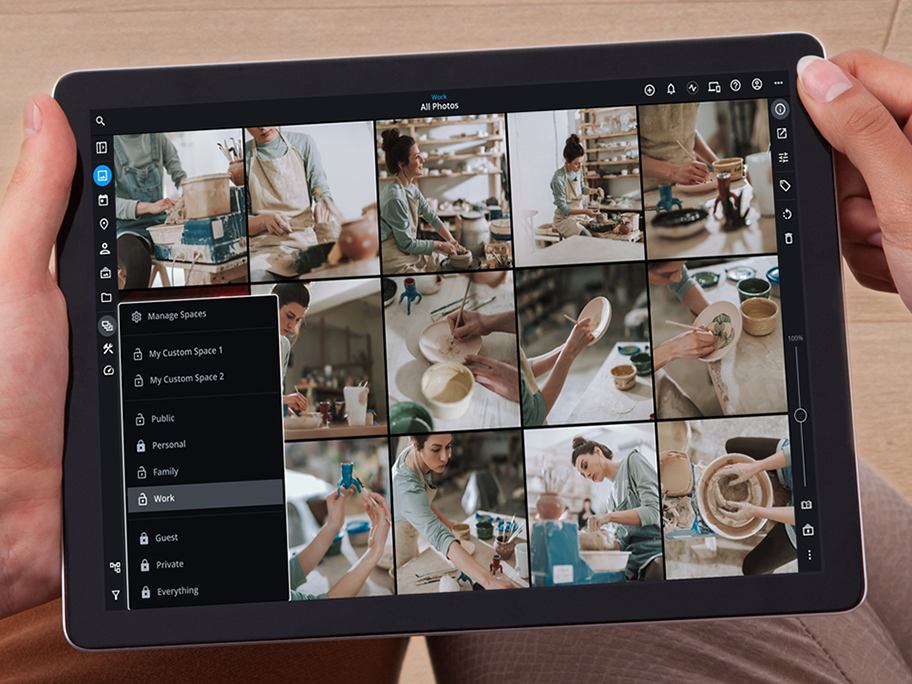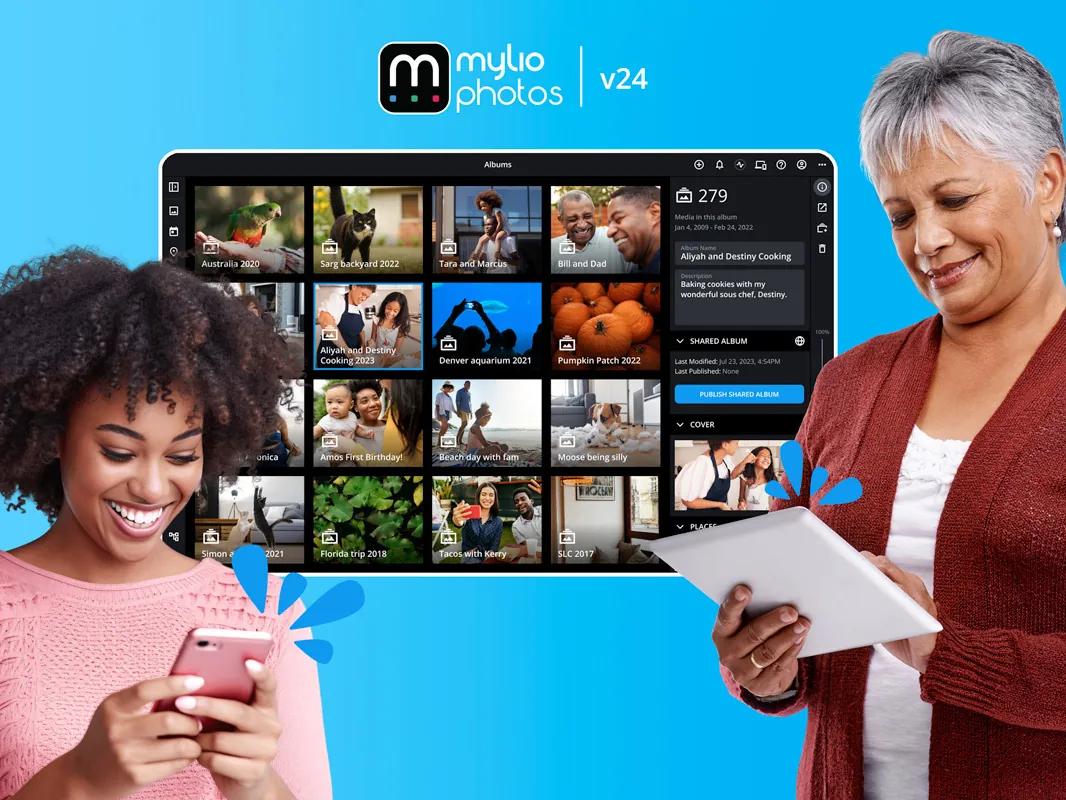Now that Google Photos has ended unlimited free storage and is nudging users toward paid subscriptions, many people are anxious about losing access to their lifetime of memories. If you’re looking for Google Photos alternatives, rest assured. There are better ways to organize and store your photos that put you firmly in control of your files and your privacy.
Certainly, Google Photos’ AI-powered organizational tools are convenient. But what price are those who rely on Google Photos already paying for that convenience?

There are risks to backing up your photos on the cloud.
Cloud storage costs
If you take a lot of photos and care about your photo library, you will want to avoid Google Photos’ free tier. It caps users at a mere 15GB and includes your data across Photos, Drive, and Gmail. Smaller than the smallest SD card, 15GB is tiny. That’s especially true when you consider the huge number of photos people take each year and the ever-higher resolution pictures generated by the latest smartphones and cameras.
For instance, iPhone 12s can shoot professional quality RAW images that are 10 to 12 times larger than HEIF or JPEG files. Apple’s website warns, “If you store the files on your device, you might run out of space more quickly than you expect.” If you store RAW files to iCloud, you’ll soon be upping your plan and fees.
Here’s the rundown on subscription costs. Google charges $20 per year for 100 GB, $30 for 200 GB, $100 for 2 TB, and $1,110 for 10 GB. In comparison, Apple iCloud charges $12 per year for a tiny 50 GB, $36 for 200 GB, and $120 for 2 TB. If you never move off the cloud, annual fees will add up quicker than you think.
Cloud storage limits
You also want to consider cloud services’ maximum storage limits. For instance, iCloud caps total data stored at 2 terabytes (TB). That limit is easily reached by a family with multiple devices backing up photos to the cloud.
Automatic downsizing of image files in the cloud
The default setting for most free cloud accounts is to “optimize storage.” This means your full-resolution images are being compressed. You can go to Settings to manually choose to save high-quality files — but again, that will put you in the fast lane to a lifetime storage subscription.
Compressed images take up less space and look good — especially on small, mobile screens—but if you rely solely on the cloud for photo backup, there is a non-zero risk that you may lose access to your original full-resolution files.

Depending on Google Photos or another cloud service as your only backup is not a solid strategy if you never want to lose a photo.
Protecting your full-quality and/or RAW photos is critical. Like old-school film negatives, these files give you maximum flexibility to edit photos. If you lose access to full-size files, it will limit what you can do with your images in future, when new tools will allow us to edit photos in ways we can’t yet imagine.
If you use a cloud service, you may have noticed that you sometimes can’t find a specific photo on your device — the stuff of nightmares. Issues with Google Photos can arise from user error such as mistakenly deleting photos; forgetting to set up backup and sync for some folders; or minor bugs, update issues, or cached data in the app itself.
On the other hand, storing your lifetime of memories locally on one (or more) physical devices such as an external hard drive gives you peace of mind: You’re always in possession of your most treasured photos. Your photos will really be yours again.
Privacy concerns
If you take the time to read Google Photos’ Terms of Service, you’ll note it says its license is for the purpose of using automated systems and algorithms to analyze your content to “develop new technologies and services for Google,” and to “customize our services for you, such as providing recommendations and personalized search results, content, and ads (which you can change or turn off in Ads Settings).”
Google, like Facebook, is in the business of aggregating valuable metadata about every aspect of users’ behavior and content to train its machine learning — and to generate revenue from targeting you with ads.
Tech giants like Google provide useful, seamless, and mostly free services like Google Photos to help keep us in their ecosystem. Some users may not care much about this, but others are demanding more choice and control over how their data is shared and with whom.
Performance and connectivity issues with the cloud
The time it takes to upload and download images — especially groups of photos — from the cloud depends on the speed of your internet connection, and that of your cloud service. If you have a large photo library, you are better off investing in a storage device (e.g., external drive) that you can access anytime, even without the internet.
If you travel regularly, live in a rural area, or spend time anywhere that lacks broadband internet access, the ability to manage and find any photo on any device — with or without the internet — is a game-changing convenience.
The cloud can also crash (albeit rarely). In June 2021, would-be visitors to major global media outlets and government websites received a 503 error message for over an hour. Such outages mean you can’t access information on the internet or cloud-based apps.

Ready to break up with Google Photos or the cloud? Consider Mylio, a photo organization app you’ll fall in love with — and can trust
The need for a reliable, fast, and easily scalable photo organization tool is more significant than ever. If privacy and control over your photos and videos matters to you, Mylio is the perfect solution. Learn how Mylio makes it easy to organize, manage, and protect your visual life story. You can try out Mylio for free, just download the app.

Susan Enfield is a Boulder, Colorado-based writer who covers healthy lifestyle, outdoors, food, and travel. She first fell for photography in the darkroom developing shots from a Nikon F-50 and now takes photos with her iPhone as well as a Sony RX100.


